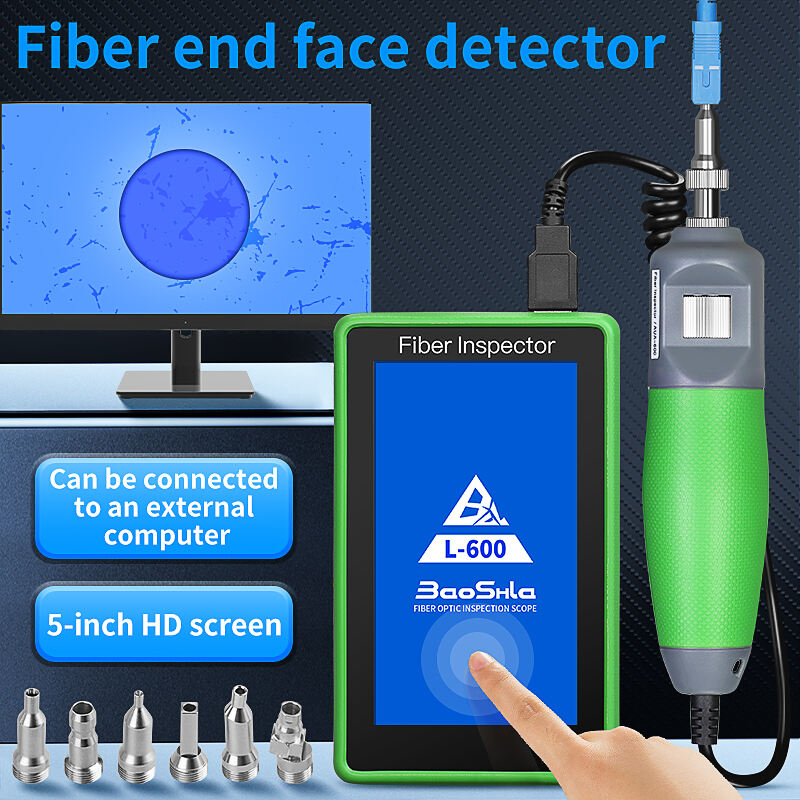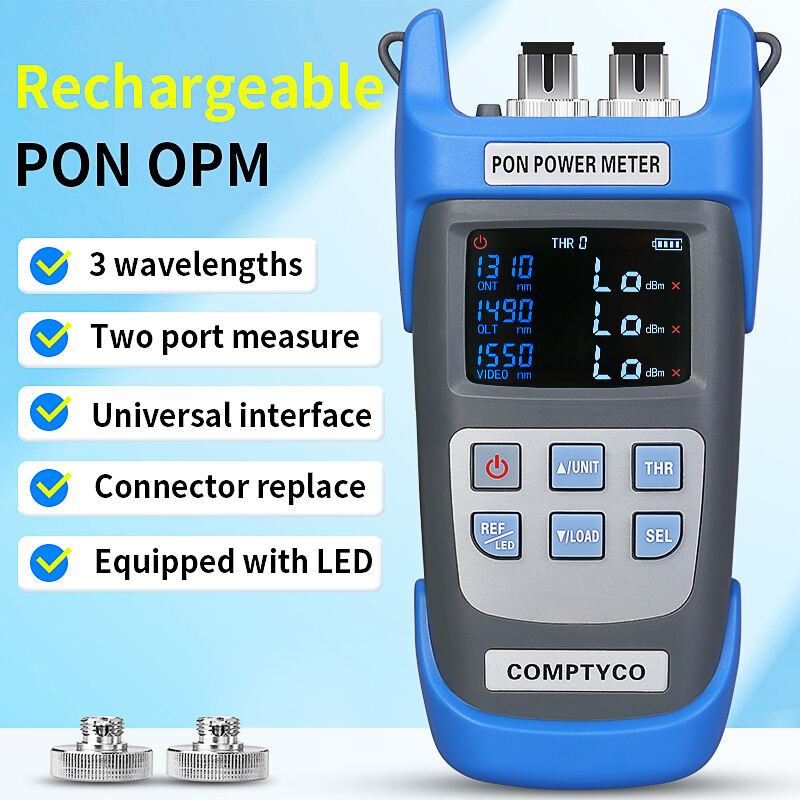optical time domain reflectometer working
An Optical Time Domain Reflectometer (OTDR) is a sophisticated diagnostic device that uses advanced optical principles to analyze fiber optic cables and networks. Operating on the principle of backscattering, the OTDR injects a series of light pulses into the fiber and measures the light that is reflected back. This working mechanism allows technicians to accurately measure fiber length, locate breaks, analyze splice points, and determine overall signal loss across the entire fiber span. The device timestamps the returned signals with incredible precision, enabling it to calculate the distance to any event or fault in the fiber by considering the speed of light in the fiber and the time taken for the reflection to return. The OTDR's working principle makes it invaluable for both installation and maintenance of fiber optic networks, as it can detect and characterize losses from connectors, splices, and bends. Modern OTDRs feature advanced software interfaces that provide detailed graphical representations of the fiber's characteristics, making it easier for technicians to interpret results and diagnose problems. The technology has become essential in telecommunications, data centers, and any industry relying on fiber optic infrastructure for communication and data transmission.


